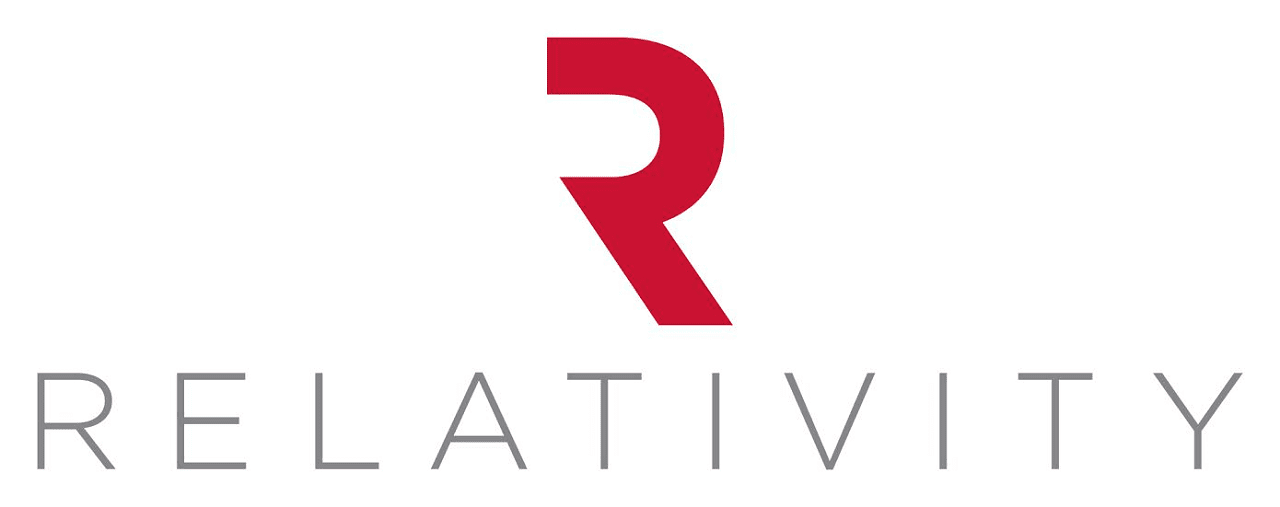In 2025, it can feel like the rules are changing faster than you can keep up—new tools, shifting customer habits, and economic curveballs all coming at once. But the good news? You don’t need a crystal ball when you’ve got good data.
By using Zoho Analytics, you can start to spot patterns before they become problems and see opportunities before they pass you by. It's not about guesswork—it's about using the numbers you already have to forecast what’s likely to happen next.
With built-in forecasting tools, smart dashboards, and AI-assisted insights, you can turn your business data into clear, actionable predictions—without needing a data science degree.
Here at Relativity, a Zoho Partner based in East Sussex, we love Zoho for many reasons—but one of the biggest is how flexible and powerful it is. We use it to build custom solutions that help our clients make smarter, faster decisions with confidence.
In this blog, we’ll walk you through how to use Zoho Analytics to identify and forecast trends in your own business—step by step.
Why Use Zoho Analytics for Trend Forecasting?
Think of Zoho Analytics as your business’s behind-the-scenes brain—quietly crunching numbers and spotting patterns while you get on with running the show. Here’s why it’s such a powerful tool for forecasting:
- Smart, AI-powered insights with ZiaAsk a question like “What’s likely to happen with sales next quarter?”—Zia gives you instant answers, trend summaries, and future projections, all in plain English.
- Forecasting that actually makes senseUse your own historical data to predict what’s coming next—perfect for planning ahead without relying on guesswork.
- Custom dashboards that tell a storySee how your sales, marketing, website traffic, and customer behaviour are connected—visually and in real time.
- Pulls data from everywhereBring together numbers from Zoho CRM, Books, Campaigns, Google Analytics, Shopify, spreadsheets, and more—so you can see the bigger picture without juggling tabs.
Step-by-Step: Set Up Forecasting in Zoho Analytics
Step 1: Import Your Data
First, decide which trends you want to predict—sales, email sign-ups, customer churn, support tickets?
Then:
- Go to Zoho Analytics
- Click "Create > New Table"
- Import your data (from Zoho CRM, Zoho Books, Shopify, Excel, Google Sheets, etc.)
- Make sure your data has a date/time field—this is essential for time-based forecasting
Tip: Use Zoho DataPrep to clean messy data first if needed
Step 2: Create a Report
- Head to "Create > New Report > Chart View"
- Select a Line Chart (or Bar Chart for seasonal patterns)
- Drag your date field into the X-axis
- Drag your metric (e.g. Sales, Leads, Revenue) into the Y-axis
Now you’ll see your historical data visualised.
Step 3: Add Forecasting
Once your chart is ready:
- Click on the "Forecast" icon in the toolbar (⚡)
- Choose your metric and the number of periods to forecast (e.g. next 3 months)
- Select your forecast model (Zoho usually auto-selects, but you can tweak it)
Zoho uses exponential smoothing models under the hood—these are smart, reliable and good for business data.
You’ll now see a dotted line showing your forecast, with upper/lower bounds.
Step 4: Automate Trend Alerts with Zia
Want to know when something’s off?
- Go to Ask Zia > Ask a question like:
- “Show forecast for revenue in Q2 2025”
- “What is the expected churn rate next month?”
You can also set up data alerts so Zia notifies you when a metric spikes or dips unexpectedly.
Step 5: Build a Predictive Dashboard
Now let’s pull everything together into a dynamic dashboard:
- Create a new dashboard
- Add your forecast charts, metrics, KPIs, and Zia insights
- Use filters like date ranges, regions, products, etc.
You can now monitor upcoming trends across your business—at a glance.
What Kinds of Trends Can You Spot with Zoho Analytics?
Once your data is set up, the insights start flowing—and you’ll be amazed at what you can uncover. Here are just a few of the patterns you can predict (and act on) in 2025:
- Sales peaks and slowdownsSee which products or regions are about to boom—or where things might dip—so you can plan your stock, team, or offers accordingly.
- Website traffic drops after a campaignTrack how your latest ad or email blast really performed, and spot early signs of a slump before it hits your bottom line.
- Lead scoring that actually worksUse predictive scoring in your CRM to focus on the leads most likely to convert—no more wasting time chasing cold ones.
- Unsubscribe trends tied to contentNotice when people are tuning out of your emails—then adjust your messaging or frequency to keep engagement high.
- Forecast your inventory needsSpot seasonal spikes before they happen, so you’re never caught without enough stock (or stuck with too much).
- Churn warning signsFlag customers who might be thinking of leaving—especially after multiple support tickets—so you can jump in and turn things around.
Want Help Setting This Up?
If you're not sure where to start—or you'd love someone to build your trend forecasting dashboard for you—we can help. As a UK based Zoho expert in Sussex, we work with business owners to turn their Zoho tools into decision-making powerhouses.
To find out more about how to use Zoho Analytics in your business, contact Relativity, the business technology experts on +44 1825 280123 or email info@relativity.co.uk
